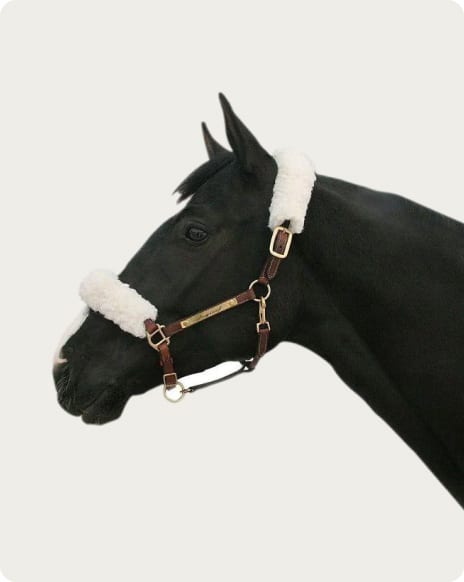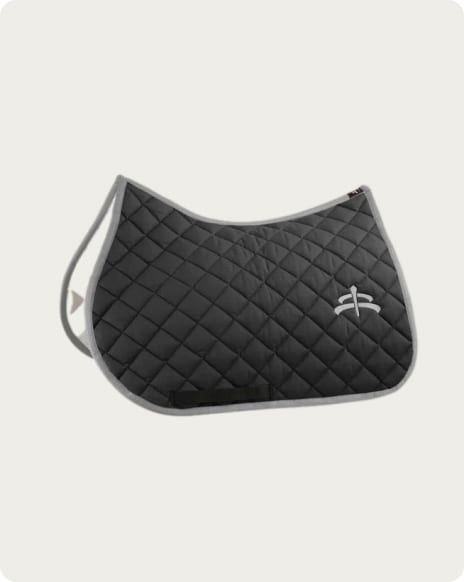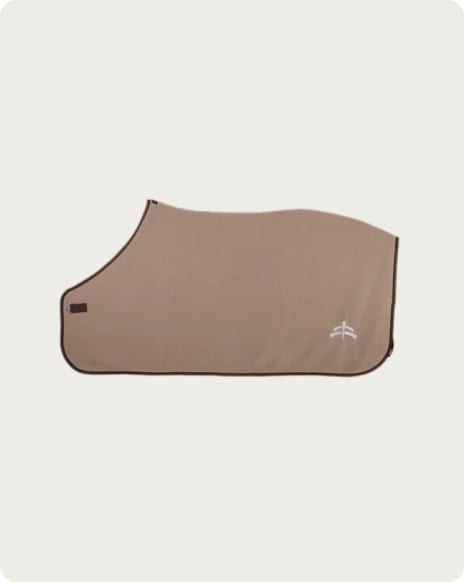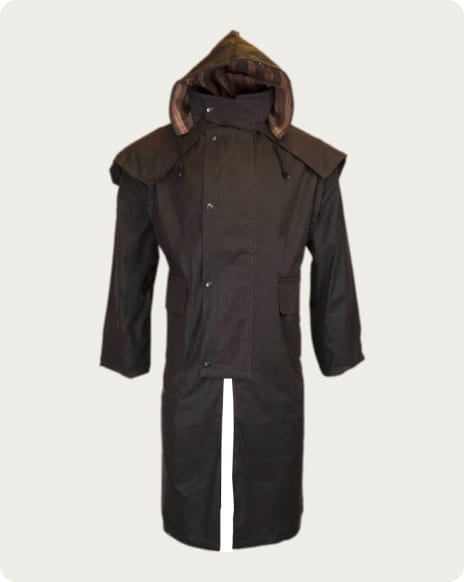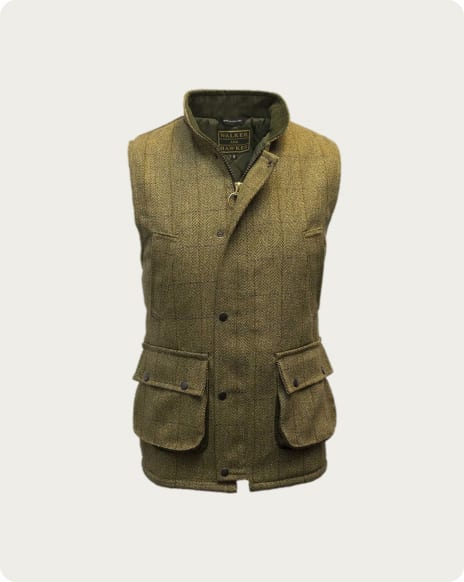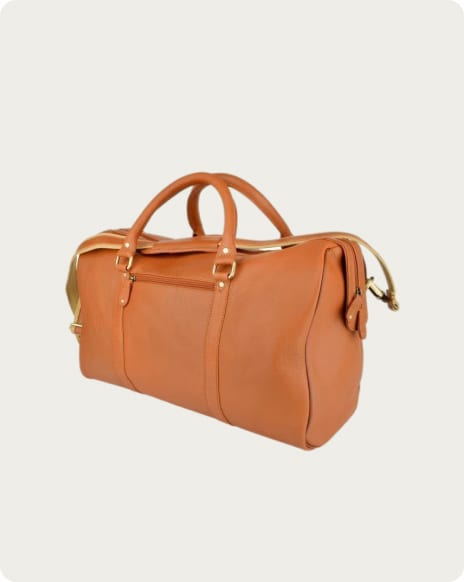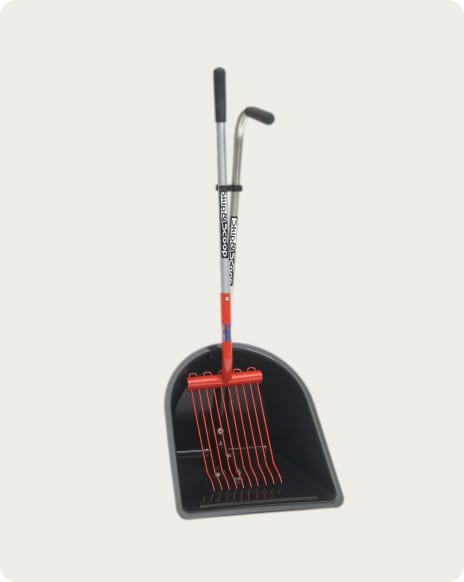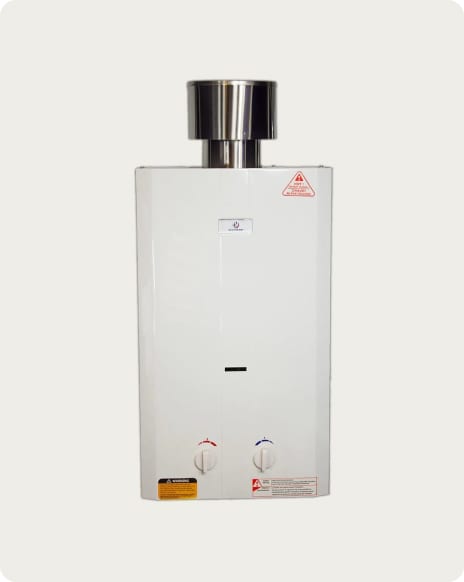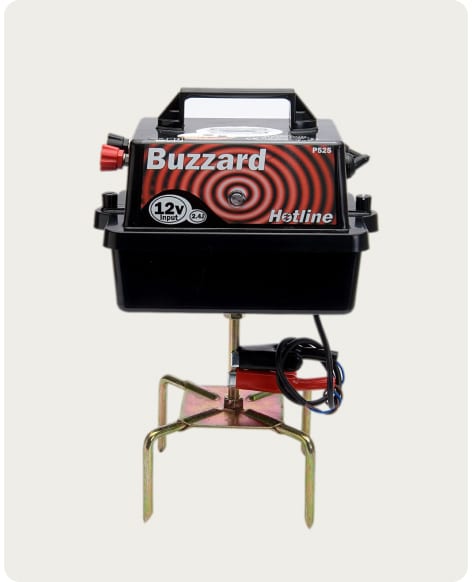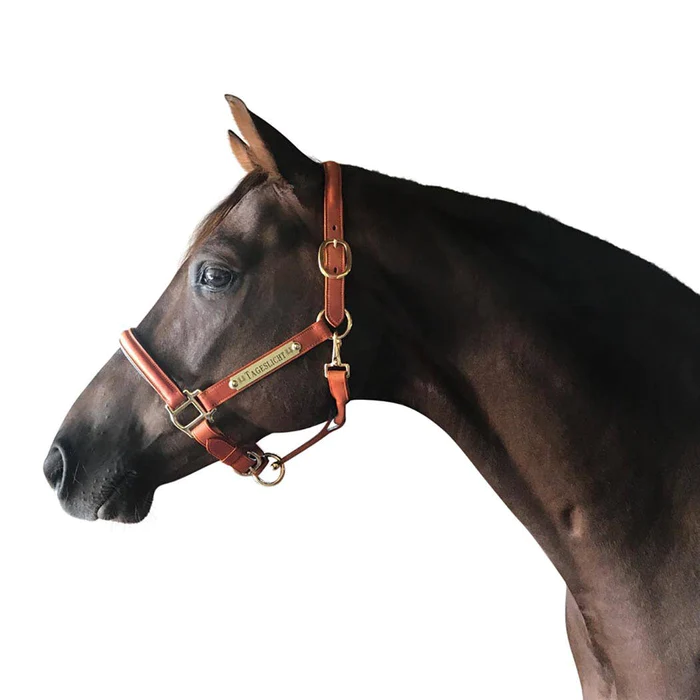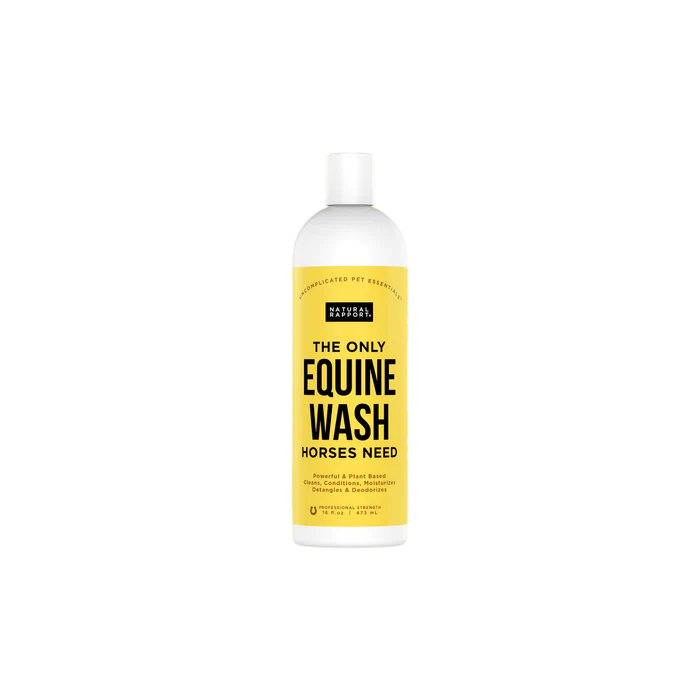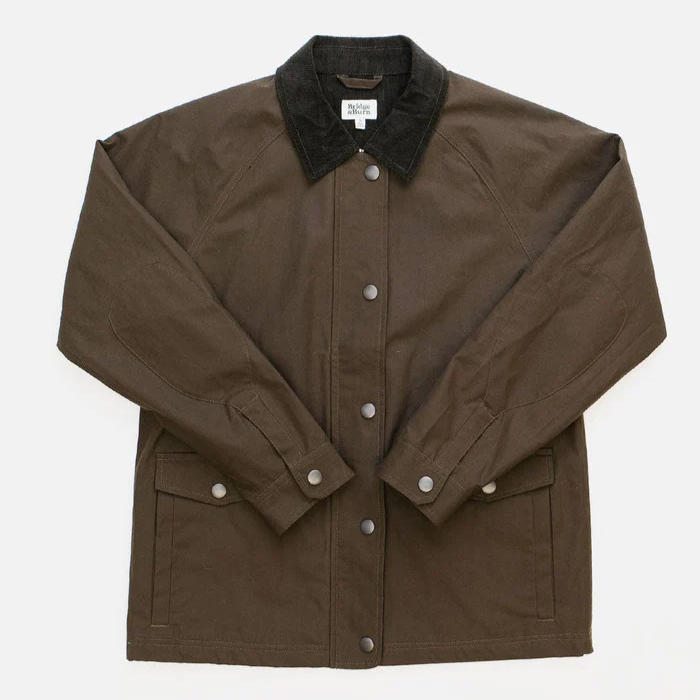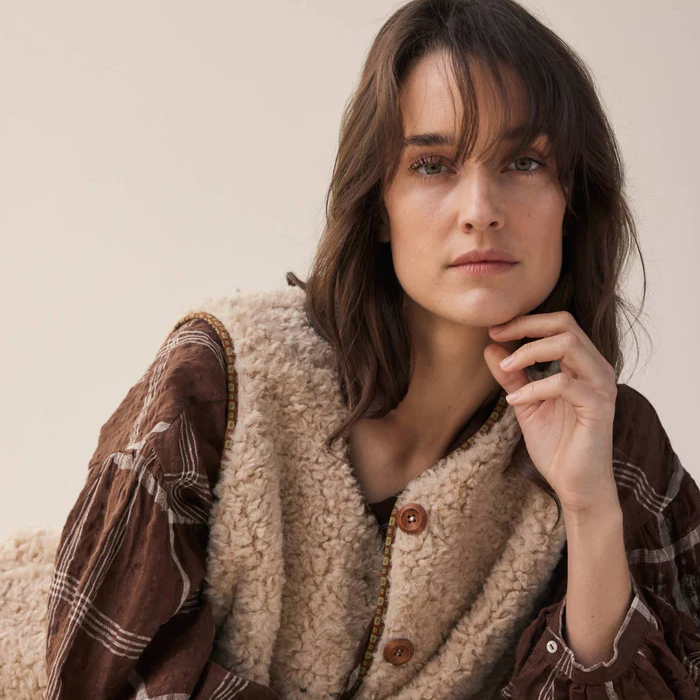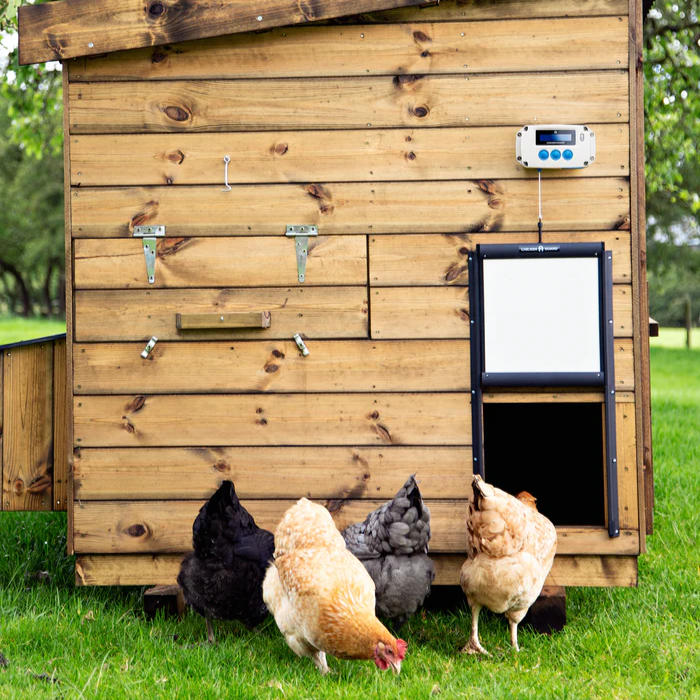
There's nothing quite like sweet-sounding nickers in a quiet stable. Or the sound of your horse's tail swishing back and forth as you look into her soulful eyes. But what does this all mean, and how can we learn from horse body language?
Equine body language is every bit as complex as human body language. Like you, horses experience a range of emotions, from happy or playful to angry or scared. And while horses can't speak English, they let us know what they're thinking through their body language.
That’s why it’s important to learn the nuances of horse body language. Once you know what to look for, you'll be able to get a read on your horse from far away, spot potentially dangerous issues, and learn what your horse likes.
Why Horse Body Language Matters
If you're a horse owner and want to strengthen your horse-human bond safely, you need to learn your horse's language. In addition to bringing you close to your equine companion, you can prevent many horse-human accidents with an understanding of the body language of horses.
Horses are large and powerful prey animals, making them unpredictable and dangerous if you don't understand their signals. Horses can bite, kick, paw, and trample, and they can easily knock you over by turning quickly or throwing their head into you. However, they can also form deep connections and be incredibly gentle around those who understand them.
Inside a Horse's Mind
Above all else, horses are prey animals with a strong flight response. Before we can hope to understand a horse — let alone communicate with and guide one — it's essential to understand the psychology of this large and powerful animal.
Although horses have been domesticated for around 5,500 years, their instincts continue to search for predators around every corner. And as intelligent animals with complex herd dynamics, every movement has a meaning, allowing each horse to communicate with those nearby.
This constant conversation within a herd allows horses to feel safe and comfortable, which is what every horse needs to be able to relax.
If you watch a group of horses, you'll see the herd dynamics at play through horse body language. For example, the dominant horses may pin their ears back and threaten other horses. And those who are submissive may shy away and keep their distance.
Horses view humans as part of this structure, treating each one differently based on their perceived herd dynamics. But instead of a large group of horses on the open plains, your horse might have only a few horses and humans in her herd.
Horse Body Language: From Head to Tail

Once you learn horse body language, you'll be able to look at your horse and get a feel for how she's doing. You'll notice when something changes so you can can anticipate her needs, whether it's a good grooming session or a quick timeout.
Here are the essential areas to watch:
- Head
- Ears
- Muzzle
- Eyes
- Front legs
- Hind legs
- Tail
- Entire body
- Vocalization
Horse body language cues can come from anywhere, from your horse's overall posture to the way her eyes look. You'll watch for agitation, anxiety, fear, tension, relaxation, rest, playfulness, and contentment.
Head
Your horse's head carriage can tell you about her overall mood. Here are common head positions and what they might indicate:
- High: A high carriage likely means that your horse is watching something in the distance. This can make her easy to spook.
- Low: A low carriage likely means that your horse feels rested, relaxed, or happy. Approach slowly to avoid startling her.
- Snaking: A low, snaking head is a sign of aggression typically exhibited by stallions. Steer clear or carefully assess the situation before engaging.
Ears

Ahh, the ears — everyone's favorite horsey spot. Your horse's ears tell you a lot about what she's thinking. Here are some things to look for:
- Forward: A forward ear position usually means that your horse is alert and focused on what's in front of her.
- Back: A backward ear position could indicate that your horse is relaxed or that she's listening to something behind her (or someone on her back).
- Sideways: If your horse's ears turn to the sides, she's probably relaxed and might startle easily.
- Pinned: Pinned ears indicate anger or a warning to back off.
- Swiveling: Rapidly swiveling ears may be a sign that your horse is anxious or overwhelmed. It might be a good moment for a quiet timeout.
Muzzle
The muzzle is highly expressive, and it does much more than neigh. Like a human's mouth, your horse's moods will show in how she holds her muzzle. Here are some facial expressions to look for:
- Drooping: When your horse's lower lip is drooping or slack, she's likely tired, relaxed, or sleeping. Approach her carefully to avoid spooking her. (Note: See your veterinarian if your horse's mouth is always drooping.)
- Chewing: If your horse isn't actively eating, chewing indicates that she's thinking and relaxed — it's an excellent sign during training and groundwork.
- Flared nostrils: Flared nostrils usually indicate a good workout, excitement, or nervousness. This expression is commonly accompanied by snorting.
- Tight: A pinched, tight muzzle means fear, stress, or anxiety. This one's easy to miss, but noticing it can help prevent your horse from biting and spooking.
- Bared teeth: Horses usually bare their teeth when threatening to bite, and it's typically paired with pinned ears.
- Flehmen response: The flehmen response refers to a funny face that looks like a big smile with the upper lip curled and the head held high. This is common during courtship or after your horse smells something unfamiliar, as the position allows her to better detect the scent through her vomeronasal organ. The flehmen response is also common with foals.
Eyes

The eyes are crucial for understanding your horse. The eyes take in the stimuli around your horse and tell you what she's looking at or thinking. Here are some common cues:
- Relaxed: Soft, relaxed, or drooping eyes indicate that your horse is calm or sleeping. Move slowly to avoid spooking her.
- Tense: If you notice tension at the corners of your horse's eyes or on the upper eyelid, your horse might be stressed, scared, or in pain.
- Wide: When a horse has wide eyes, it's a sign of heightened alert or fear. It may accompany a high head carriage and flared nostrils.
- Darting: Like most human and animal psychology, darting eyes on your horse usually indicate fear. Your horse might feel trapped or overwhelmed and is probably easy to spook.
Front Legs
Your horse's forelegs can communicate more than you'd imagine — watch them when you're riding, walking, or cleaning her feet. Here are some things to look for:
- Splayed: If your horse's front legs are splayed, she might be about to bolt or spook. (Note: See your veterinarian if your horse's front legs are frequently splayed.)
- Pawing: When your horse paws the ground with one or both front legs, she's likely bored, stressed, or waiting for food.
- Stomping: Horses frequently stomp when irritated by flies and insects or something around them. This might mean it's time for more fly spray or a different activity.
- Striking: Horses strike with their front legs out of defense or aggression, and it's very dangerous. However, few horses will strike without giving you a fair warning through other body language signals.
Hind Legs

The first thing that most equestrians learn is to watch the rear end and hind legs of every horse you're around. Here are some common behaviors you should know:
- Cocked: A resting horse will cock her back leg and rest the edge of the hoof on the ground when she's relaxed or sleeping. If it's paired with irritated body language, though, it could mean she's thinking about kicking. (Note: See your veterinarian if your horse shifts between cocking their hind legs continually.)
- Raised: A raised hind leg could mean your horse is ready to kick another horse or is agitated by something like a horsefly. Steer clear or assess the situation carefully.
Tail
The tail is essential for horse body language, and it's so much more than a fly swatter. Here are some things you might notice:
- Swishing: A swishing tail is usually just keeping the flies and other insects away.
- Wringing: When swishing turns quick and jerky and is paired with other irritated body language, it's known as wringing. This might be a sign that your horse is agitated or in pain and may soon kick or buck. (Note: See your veterinarian if your horse consistently wrings her tail.)
- Flagging: When your horse raises her tail above the level of her back, she's likely energetic, playful, or excited. This is more common in fun and spunky Arabians, but almost every breed flags at some point.
- Clamped: A horse with a clamped tail might look like she's tucking her tailbone, but it has nothing to do with yoga or posture. Instead, a clamped tail can signal stress or fear, with the upper tail clamped down on the rump. (Note: See your veterinarian if your horse clamps her tail after getting tacked up.)
Entire Body
Looking at your horse's entire body gives you a big-picture view of her mood. Here are some things to look for:
- Tension: Like humans and other animals, a tense body may mean your horse is in pain, scared, or stressed. A tense horse might look like she's almost trying to do a hollow body plank pose, rounding her spine and flexing her abdomen.
- Trembling: Few horses exhibit trembling unless they've been abused or are very scared. If your horse trembles when you interact, consider enlisting a horse trainer to help work through her fears.
- Touching: Your horse may touch you with her muzzle or head when she wants a treat, needs reassurance, or feels curious. Your horse might also rub her head on you to encourage you to remove her halter or bridle.
- Swaying rear: Horses may swing their rear ends when they're about to kick. It's more common in mares in heat, though.
- Rolling and lying down: Horses often lay down to relax and roll to itch themselves. However, if your horse is rolling or lying down, looking at her side, and seems distressed or uncomfortable, she might be experiencing colic. If this happens, get your horse walking right away, and then call the vet. Don't allow her to continue rolling, as it can be dangerous to your horse's health.
Vocalization
Your horse's vocal communication can tell you what she's feeling, too. Here are some things to listen for:
- Neigh: Also known as a whinny, a neigh is long and loud. It’s made with the mouth open, often starting with a squealing sound and ending with a nicker. Horses usually neigh with a high head carriage while looking for horses or people or responding to other horses neighing.
- Squeal: A squeal usually happens with the mouth closed, and it might be short or long. It's usually a sign of irritation and a warning. It's time to back off and reassess the situation if your horse is squealing during training.
- Nicker: A nicker is a quiet vibrating sound made with a closed mouth. It's usually quiet and directed at another horse or human as a simple greeting. It can indicate that your horse is happy to see you.
- Snort: A snort usually happens with the head high and the mouth closed. It is loud and lasts for about one second, and it usually indicates excitement, curiosity, or a greeting. Your horse might also snort if she's noticed something potentially dangerous or frightening to her.
Common Horse Behavior Questions
Horse body language can take time to learn, but what if you need to know what your horse is thinking right now? Here are answers to some common questions:
- How can you tell if a horse likes you? When a horse likes you, she may come up to greet you, nicker or whinny for you, nudge you with her head, or gently breathe on you.
- How do you tell if a horse dislikes you? If your horse dislikes you, she may tense her body, swish her tail, threaten to kick, or refuse to do what you ask of her.
- How can you tell if a horse is happy? A happy horse is a relaxed horse — look for relaxed ears, lips, and tail posture. Horses may also act excited or playful when happy.
- What does it mean when a horse stares at you? Your horse may gaze at you while relaxed to connect with you or to see if you've brought tasty treats. On the other hand, if your horse is staring at you with high alert signs like a raised head and flared nostrils, she might be spooked by you or something you're wearing.
Understanding Your Horse

Horse body language is like a window into your horse's mind, and it can open a new world of communication with your equine companion. Of course, the same can be said of animal behavior for many species, but it's more critical when you're working with a large animal who looks to you for comfort.
The best way to learn about horse body language is to spend time with your horse. Observe how she expresses herself and holds her body when you interact. Take notes or videos if you notice something you don't recognize, and always call your vet when in doubt.
Soon, you'll understand your horse just by looking at her so that you can take care of her better. For example, if she's about to spook, you'll have more time to respond or prepare. Or, if she's looking exhausted, you can switch from a planned ride to something gentle, like groundwork or grooming.
As you become more familiar with your horse's body language, you'll strengthen your bond and move closer to horse whisperer status with all horses.



